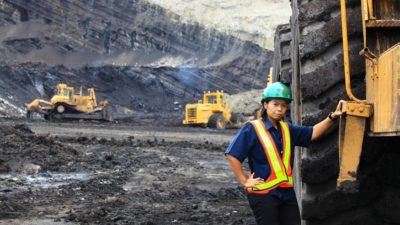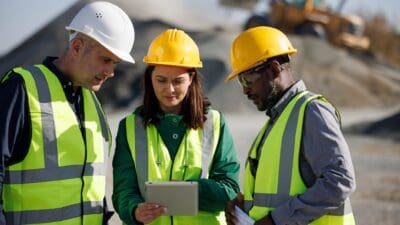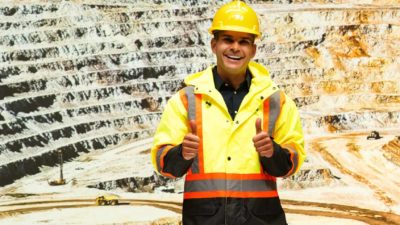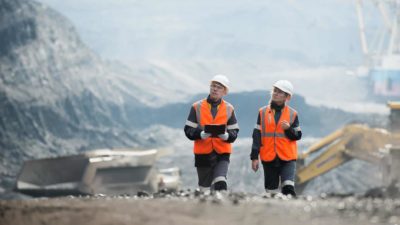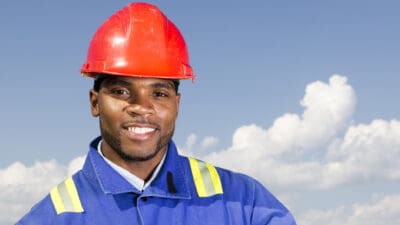ASX miners could lose sizeable cashflow from the government as Fortescue Metals Group Limited (ASX: FMG) campaigns for the diesel subsidy to be shifted to green energy instead.
The Australian has reported that Fortescue chair Dr Andrew Forrest has been meeting with senior government figures, including Prime Minister Scott Morrison. It's reported Forrest says the subsidy money could be used to "retool Australia, to support green hydrogen, green ammonia and green electricity". He has also reached out to Labor to try to achieve bipartisan support.
If the subsidy were ended to Australia's miners, it could mean that the government would keep between $5 billion to $7 billion a year. It's estimated that the tax credit total could reach $8.9 billion by 2024.
But most of that subsidy money goes to a select few, large companies like BHP Group Ltd (ASX: BHP), Rio Tinto Limited (ASX: RIO) and Fortescue. It's reported Fortescue receives around $300 million, with BHP and Rio Tinto getting even more. Newcrest Mining Limited (ASX: NCM) was another that was named as a sizeable recipient.
Forrest is reportedly proposing that the rebate be tapered off from 2025.
Miners aren't the only ones that claim this diesel credit
The Australian reported that mining companies claim approximately 45% of the total subsidy.
Forrest's plan reportedly would allow small, medium-sized and family businesses to be able to claim a rebate, as would most agricultural businesses and tourism operators, and that it would be phased out over five years.
It was noted that environmental groups call this rebate a subsidy for fossil fuels, whilst miners say it's important for Australian industry to be competitive on costs.
Efforts to go green by Fortescue and the world
The Australian reported that last month, Goldman Sachs analysts have calculated that decarbonising Fortescue's Pilbara operations could cost the company more than US$7 billion.
However, Forrest has said repeatedly that Australia (and the world) doesn't really have a choice and it's better to decarbonise sooner rather than later.
I will refer to Fortescue Future Industries in a moment, but the large shift of decarbonisation is identified by some investors as a huge opportunity, not just purely a cost. For example, Nick Griffin from Munro Partners recently told Livewire:
I'd just leave you with this: we think it's roughly a $30 to $50 trillion expense to de-carbonise the planet. And that's a $30 to $50 trillion revenue opportunity for the companies that can provide these solutions.
This has potential to be as big an opportunity as the internet was for the last 20 years. That's the one that we sit and look at today, and go, "This is what excites us about the next 10 years of doing our job.
Fortescue Future Industries (FFI) is the green division of the company that is aiming to take a global leadership position in the renewable energy and green products industry. It wants to make green hydrogen the most globally traded seaborne commodity in the world.
Fortescue says FFI is a key enabler of the ASX miner's decarbonisation strategy, including Fortescue's recently announced industry-leading target to achieve net zero scope 3 emissions by 2040.
FFI's teams have made progress on a number of areas.
There has been the successful combustion of ammonia in a locomotive fuel.
It has completed the design and construction of a combustion testing device for large marine (ship) engines with pilot test work underway and a pathway to achieve completely renewable green shipping fuel.
It has also finalised the design of a next generation ore carrier (ship) that will consume renewable green ammonia.
As well, FFI has been testing battery cells to be used on Fortescue haul trucks.
Further, it has designed and constructed a hydrogen powered haul truck and a hydrogen powered drill rig for demonstration, with systems testing underway.
Fortescue Future Industries has successfully completed production of high purity green iron from Fortescue ores at low temperature in a continuous flow process.
Finally, it has successfully initially trialled to use waste from the green iron ore process noted above, with other "easily sourced materials" to make green cement.



